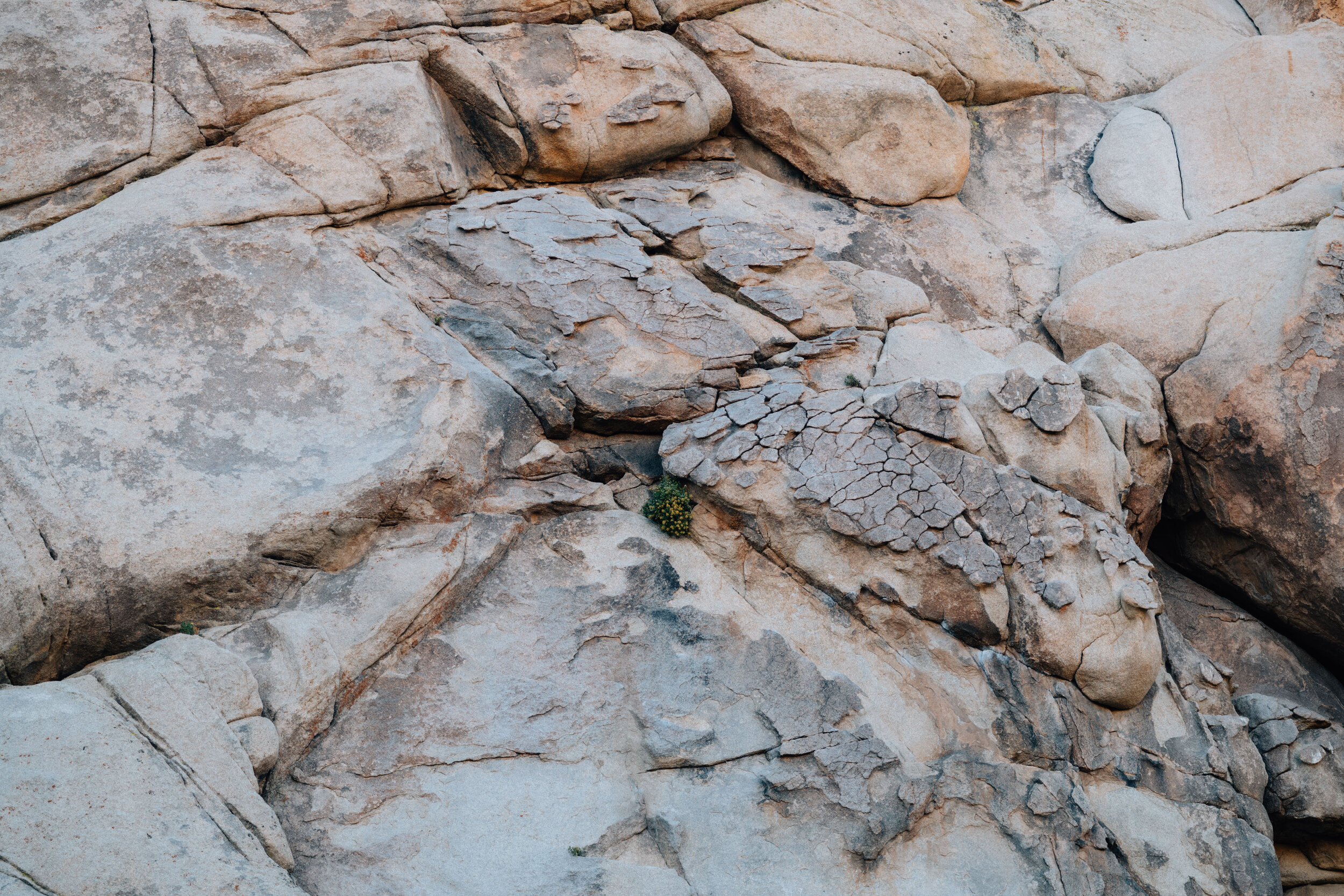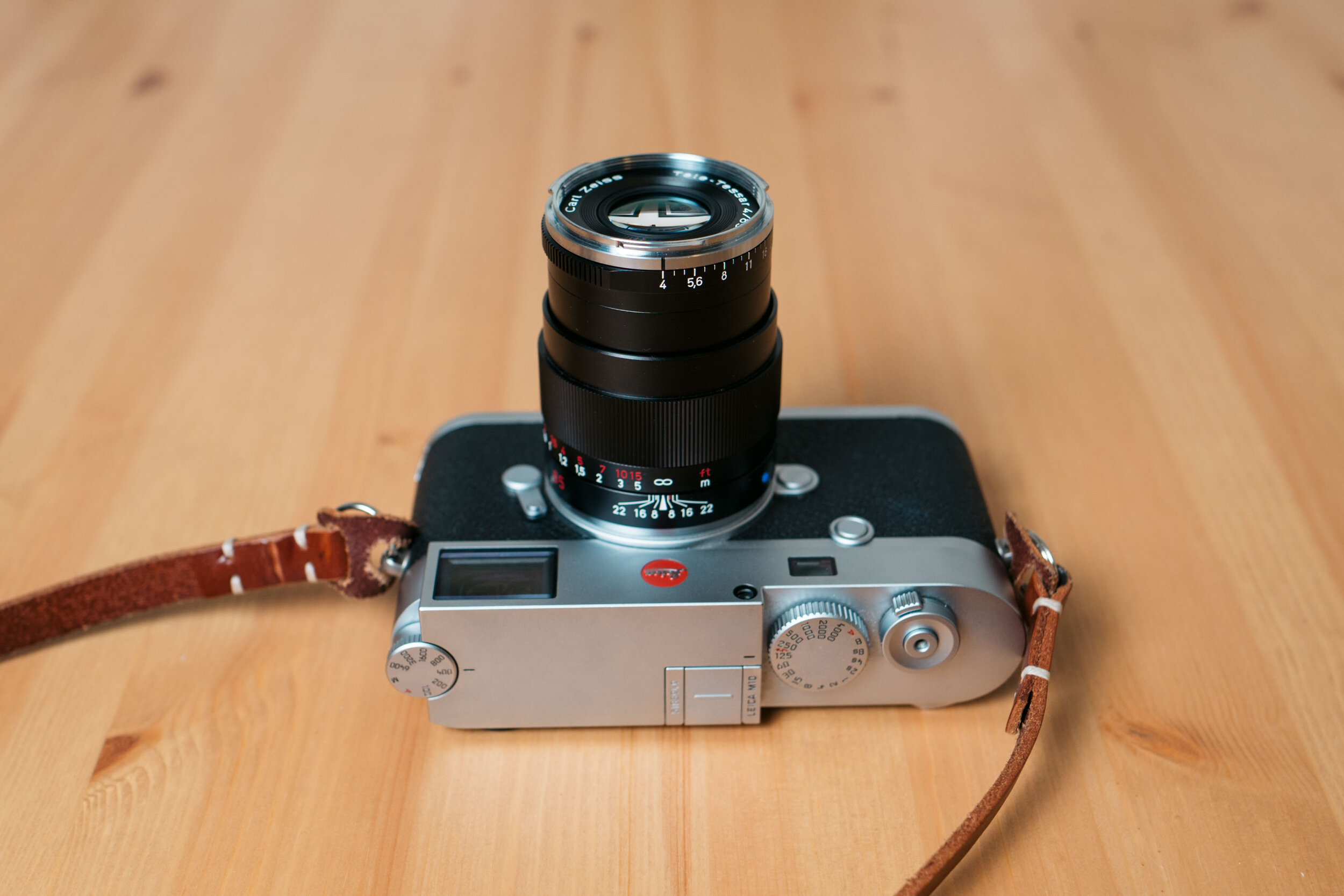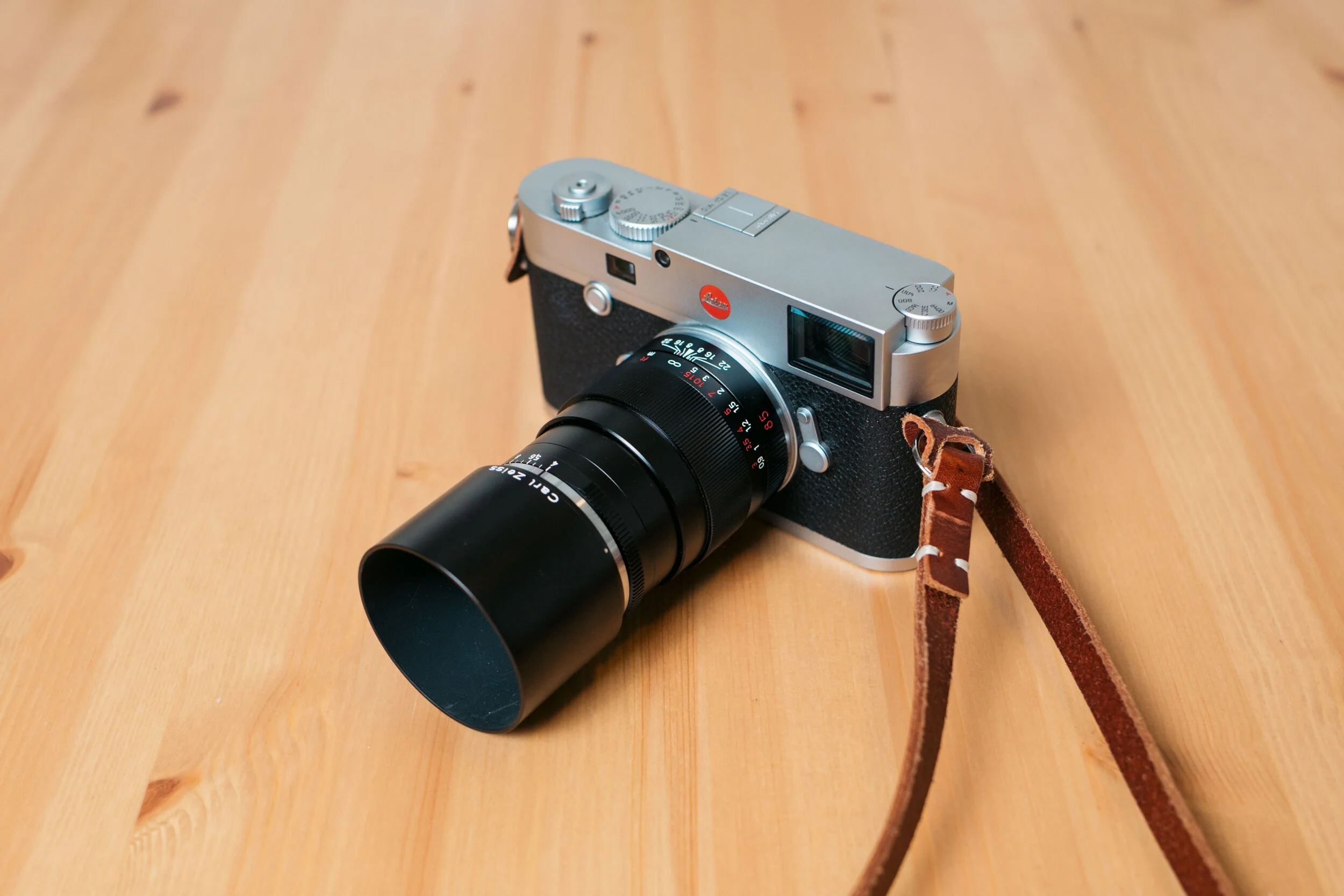Introduction
I remember when I first learned about the Zeiss 85mm f/4 ZM. I was using Canon gear at the time, where my options for 85mm were f/1.8 or f/1.2. When I saw an 85mm prime lens with an f/4 aperture, a front element the size of a dime, and a $1000 price tag, I was quite confused and laughed at the idea of someone paying $1000 for such a ridiculous lens. About five years later, I bought one to use on my M10. Why? First of all, I found a bargain for a used copy for $450 in mint condition, with hood. Second, I missed having a telephoto lens and was looking for one that was small, sharp, and affordable. The Zeiss Tele-Tessar checks all of those boxes and is a fantastic telephoto lens for landscapes and travel.
Joshua Tree National Park.
Joshua Tree National Park.
Sunset Beach, Los Angeles
Sunset Beach, Los Angeles
Build quality
Fantastic. All metal construction, and the focus feels perfectly smooth. The bayonet metal hood snaps into place tightly.
Size and feel
This is an ideal telephoto lens for travel. It’s very light, and without the hood attached, it’s one of the smallest telephoto primes available in M mount. With the hood attached, it takes on the more traditional appearance of a telephoto lens. I tend to keep the hood on, partly because without it, the tiny front element gives this lens somewhat of an odd appearance. The hood needs to be removed to attach/remove filters.
Image quality
Distortion: None.
Vignetting: Minimal.
Chromatic aberration: Minimal; see Sharpness section.
Focus: My copy focuses with perfect calibration and has no focus shift. It focuses down to 0.9m.
Joshua Tree National Park.
Dante’s View, Death Valley.
Sharpness: This is among the sharpest M lenses I have ever owned. It’s sharp at all apertures corner-to-corner on my M10. The only flaw I can find is some minor purple fringing wide open. Phillipreeve.net found similar results testing this lens on a 42MP Sony body. Below is a test shot at f/4 on my M10, with a crop of the extreme corner:
Overview
Corner crop
This image quality is consistent throughout the focus range. Here’s a sample at the minimum distance, 0.9m:
f/4, Leica M10
Center crop
Viewfinder accuracy
My only annoyance with this lens is that it’s an 85mm lens, but the framelines on Leica M cameras are 90mm. When I bought this lens, I assumed that this difference would be insignificant. In reality, it’s actually quite noticeable and it can be somewhat annoying trying to compose with the 90mm framelines when the actual photograph includes a significantly wider angle of view. In fact, at infinity, the 75mm lines are most accurate, so I found myself sometimes selecting them with the preview lever while composing landscapes.
Dante’s View, Death Valley.
Mesquite Flat Sand Dunes, Death Valley.
Summary and recommendations
The Zeiss 85mm f/4 is one of the most under-appreciated lenses for M mount. It’s possibly the best telephoto M lens for travel and landscapes, as long as you don’t mind the frameline inaccuracy on Leica bodies or the modest f/4 aperture. I strongly recommend it. I ended up selling mine but for no good reason other than to try other lenses. I’m still not sure I would ever have paid the $1000 retail price for this lens, but it’s actually discontinued so your only option is to buy a used copy.
For those who want a wider aperture than f/4, there are several good options for 90mm. The new Voigtlander 90mm f/2.8 APO-Skopar promises to be an excellent lens, and I plan on reviewing it soon. The discontinued 90 Summarit offers a fast f/2.4 aperture in a nicely compact package. The 90mm f/2.8 Elmarit-M (also discontinued) is universally loved for its balance of image quality, speed, and ergonomics. However none of these alternatives are as affordable as the Zeiss 85.
Good
Fantastic image quality
Size and weight
Price (used)
Bad
85mm frame is noticeably wider than 90mm framelines
Modest f/4 maximum aperture
Making this website is my hobby and hosting it costs $200/year. If you enjoy these reviews and would like to contribute, you can buy something from my accessories page or buy me a coffee!
Other Alternatives
Voigtlander 90mm f/3.5 LTM
Leica Elmar-C 90mm f/4
Minolta 90mm f/4
There are a lot of vintage, compact, modest-aperture telephoto lenses for M mount or LTM such as the three listed above. I would have a hard time recommending any of them over the Zeiss, since they have worse image quality and no real advantage other than a slight edge in price. These older lenses also tend to have lots of issues with haze and fungus.
Leica Macro-Elmar-M 90mm f/4
From what I hear, this lens offers the same image quality as the Zeiss, in an even more compact collapsible package. I’m sure it would be amazing to carry this lens around for landscapes and travel. But I’ll never know, since it costs almost four THOUSAND dollars retail despite having only four elements, no aspheres, and no special glass.
Leica 90mm f/2 APO-Summicron M ASPH (review)
This lens is basically perfect, but I don’t recommend it except for those who are willing to use a viewfinder magnifier or EVF. The f/2 aperture makes it difficult to focus with a 0.72 viewfinder, and also adds significant size and weight.
Leica Summilux 90mm f/1.5 ASPH
I have no doubt this lens is amazing, but it sounds incredibly awkward to use on an M body. It’s also $13,695 retail. For those who truly need such a fast telephoto lens, it would make vastly more sense to get a Canon body and the RF 85mm f/1.2.
















